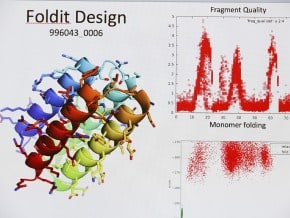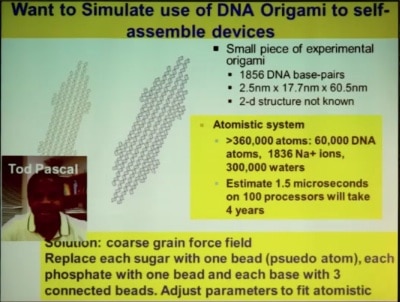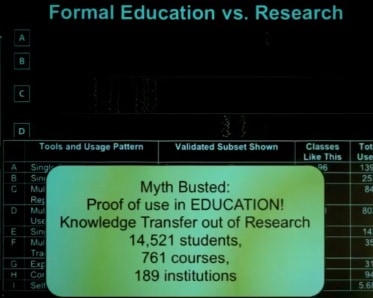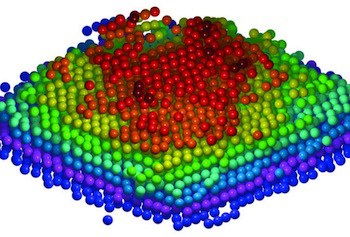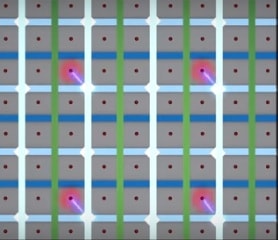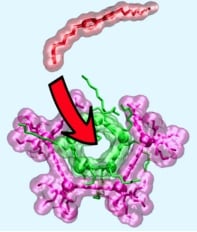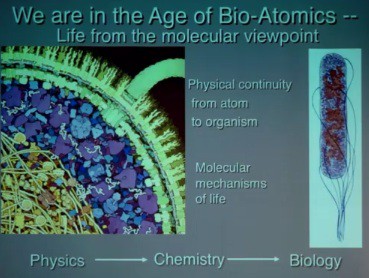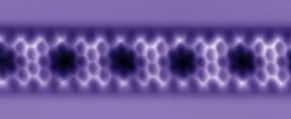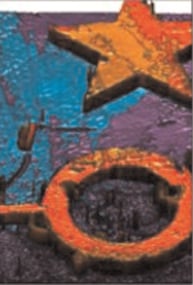A fully automated design protocol generates dozens of designs for proteins based on helix-loop-helix-loop repeat units that are very stable, have crystal structures that match the design, have very different overall shapes, and are unrelated to any natural protein.
De novo protein design space extends far beyond biology
